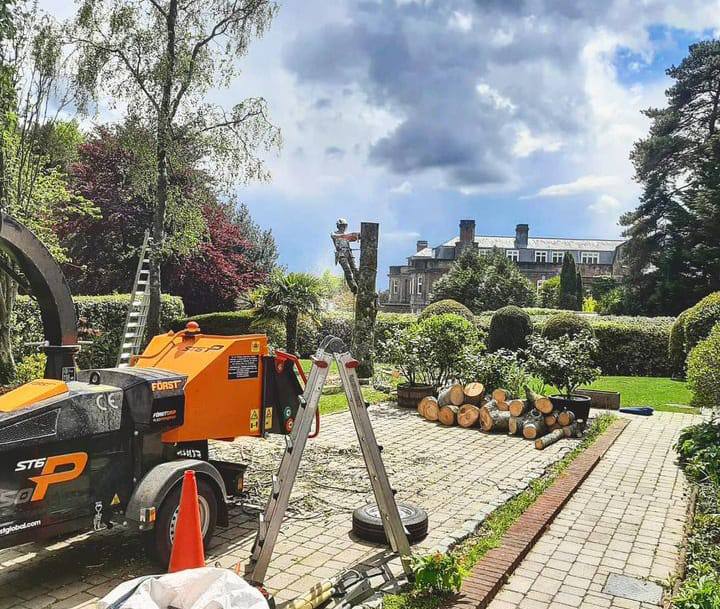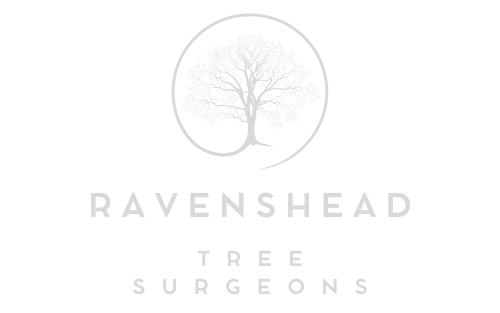The Science Behind Tree Reshaping: How It Benefits Trees
Introduction: Tree reshaping, also known as tree pruning or trimming, is not just about enhancing the aesthetics of your landscape; it’s a science-driven practice that promotes the health, vitality, and longevity of your trees. Ravenshead Tree Surgeons understands the importance of this intricate process and aims to shed light on the science behind tree reshaping and how it benefits these magnificent living organisms.
1. Enhanced Sunlight Exposure:
One of the primary goals of tree reshaping is to allow more sunlight to penetrate the canopy. Sunlight is essential for photosynthesis, the process by which trees convert carbon dioxide and sunlight into energy and oxygen. By strategically trimming branches, arborists can ensure that all tree parts receive adequate sunlight, leading to improved growth and overall health.
2. Improved Air Circulation:
A well-pruned tree has better air circulation within its canopy. This is crucial for preventing the development and spread of fungal diseases. Adequate air movement helps keep the tree’s foliage dry, reducing the risk of pathogens taking hold and harming the tree.
3. Weight Distribution:
Large, overgrown branches can create structural imbalances within a tree, increasing the risk of breakage during storms or heavy winds. Tree reshaping involves selectively removing these heavy branches, ensuring that the tree’s weight is distributed evenly, reducing the risk of damage and improving its stability.
4. Disease and Pest Management:
Pruning also plays a vital role in managing diseases and pests. Infected or infested branches can be identified and removed, preventing the issue from spreading to healthy parts of the tree. Additionally, a well-maintained tree is better equipped to defend itself against potential threats.
5. Encouraging New Growth:
Tree reshaping isn’t just about removing branches; it’s also about promoting new growth. When dead or weak branches are pruned, the tree redirects its resources toward developing new, healthy branches and foliage. This rejuvenation contributes to the tree’s overall vitality and appearance.
6. Structural Integrity:
Over time, trees may develop structural issues, such as weak crotches or co-dominant stems. Pruning can address these concerns by eliminating competing branches and reinforcing the tree’s structural integrity. This is particularly important for preventing tree failure and maintaining safety.
7. Aesthetic Appeal:
While the science behind tree reshaping primarily focuses on the tree’s health, it also enhances its visual appeal. Properly pruned trees have a balanced and harmonious appearance that complements your landscape, making it more inviting and attractive.
Conclusion: Tree reshaping is a science-driven practice that benefits trees in numerous ways. It ensures that trees receive adequate sunlight and air circulation, reduces the risk of diseases and pests, promotes new growth, strengthens structural integrity, and enhances the overall aesthetic appeal of your landscape.
Call us on: 01623 397 895
Click here to find out more about Ravenshead Tree Surgeons
Click here to complete our contact form and see how we can help with your tree’s needs.

